Everything You Need to Know About a Stye
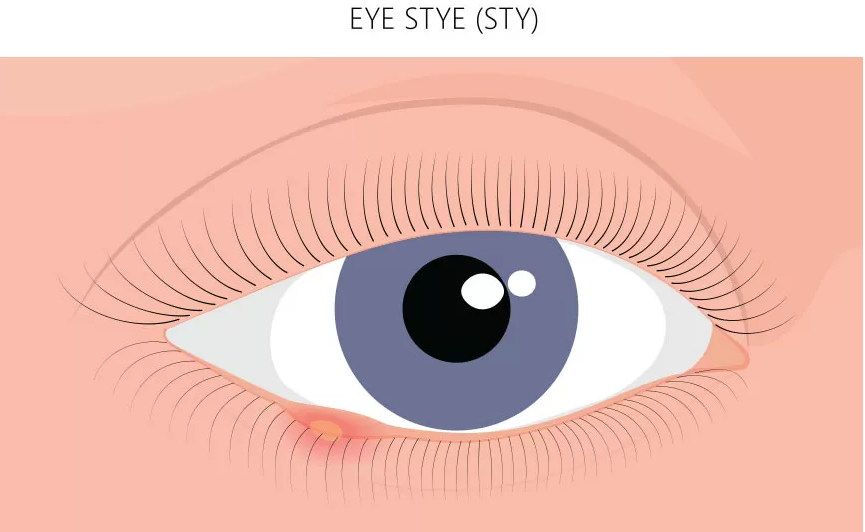
Imagine having a regular good night’s sleep, and suddenly you wake up with a bump on your eyelid in the morning. You are perplexed and ask yourself – “How can a pimple form on your eyelid?” But let us tell you – that bump that looks like a pimple or boil is a stye. According to NCBI, stye also called hordeolum is a painful, acute infection caused on the lower or upper eyelid. So, if you ever encounter that pimple-like bump on your lid or at the base of your eyelash, don’t get confused. And make sure to read this guide that depicts important details on what is a stye, its causes, symptoms, and treatments.
What is a Stye?
A stye, scientifically known as a hordeolum, is a bacterial infection that leads to a painful lump around the eyelids or outside of it. Generally, stye occurs as a tiny pustule along the eyelid’s margin. Although the condition is not serious, it can be painful for many as it tends to irritate the eye.
What Causes a Stye?
If you have got a stye on eyelid, you need to discover the cause behind it. The condition occurs when the oil glands of the eyelids get clogged or are irritated. This jamming of the glands encourages bacterial growth inside them eventually forming those bumps. As per research, the bacteria Staphylococcus aureus is the reason behind 90-95% of stye cases. Staphylococcus epidermidis stands at #2 and is also greatly responsible for the condition.
That means anything that triggers bacterial infection in the eye area can cause hordeolum. Also, there are certain risk factors associated with it and these are:
- Weak immunity
- High lipid levels
- Past struggle with styes
- Bad eye hygiene practices
- Certain skin disorders like rosacea
- Any kind of irritation around the eyelid area
- Using harsh eye care or makeup products
Symptoms of a Stye
You may not notice that painful lump at first as it takes days to grow and eventually become visible. However, you may notice irritation or burning sensation before you get to see that bump/lump. Well, other stye symptoms include:
- A pus-filled red bump
- A red lump on the eyelid
- Swelling, irritation, or pain
- Teary eyes
- Sensitivity to light
- A sensation or feeling as if something’s inside the eye
Treatment & Remedies for Stye
Wondering how to treat a stye? Well, there is a set of home remedies plus medical treatment options to get rid of this condition. Some of them are discussed below:
1. Maintain Proper Eye Hygiene
Although styes aren’t directly contagious and can’t spread through a local contact, bacteria can easily grow where there’s dirt. This is why keeping eyes and eye-area clean is extremely crucial. If you are already coping with the condition, maintaining proper eye hygiene becomes paramount. Wash your eyes with gentle soap to keep them clean. Also, wash your hands before and after applying any ointment. Don’t touch or rub the eyes except when applying compress/medication. Never squeeze those bumps. Also, forego your contact lenses for a time being if you have styes. Furthermore, only use toxin-free and gentle eye care products and makeup. Avoid sharing makeup and even your eye medications with someone else.
Tip: You can use a tear-free baby shampoo that’s toxin-free. Mix it with some lukewarm water and use it with the help of a soft and clean washcloth.
2. Rely on a Warm Compress
It is believed that a warm compress helps dissolves the pus naturally. It brings the pus out and lets it drain eventually. To use this remedy, dip a clean washcloth in lukewarm or warm water (the water shouldn’t be too hot). Squeeze out all the water while making sure the cloth is still damp. Now, place it gently on the affected eye area for about 6-7 minutes. Repeat. Do warm compress multiple times a day.
3. Use Warm Tea Bags
Similar to warm compress, you can resort to warm tea bags to soothe the swelling caused by stye. Use black tea for this purpose as it has antimicrobial properties. This is due to the presence of polyphenols present in the tea that kill the growth of bacteria.
Follow this remedy by simply steeping a black tea bag or two for 2 minutes. Let the bag cool to some extent so you can place it directly on the eyelid. Once it cools down, keep it on the eye area for 5-6 minutes.
4. Take Heart in OTC Pain Medication
Soothe the swelling and lessen pain or inflammation with the help of over-the-counter (OTC) medications. You can count on anti-inflammatory drugs like paracetamol or ibuprofen. We recommend using these pain relievers only after consulting a physician.
5. Use Ointments
If your pain does not subside with OTC products, use ointments. Antibiotic ointments exist aplenty that reduce swelling and inflammation. Such topical treatments are applied on the eyes or inside the eyelid. Make sure to follow the directions given for the treatment package and refrain from using topical steroids unless prescribed by your doctor. Again, see a doctor before using OTC antibiotic ointment especially if you have severe pain or bumps interfere with your vision.
6. Make Use of Colloidal Silver
Colloidal silver that is available in the form of liquid antibiotic solution is hailed for its antimicrobial and germ-fighting properties. It is, for this reason, it helps treat infections, burns, and bruises. Put a single drop or recommended dosage in the affected eye twice or thrice a day. It is highly recommended to get in touch with an eye doctor before using colloidal silver.
Note: These non-surgical treatments can help you but there’s no evidence for their effectiveness as per research.
7. Get Medical Help
Seeking medical help is a wise idea if the above treatments fail to deliver desired results. It’s wise to get medical help as soon as you discover any bump on your eyelid. A doctor may prescribe medication or antibiotic cream to heal your condition. Depending on the severity of the problem, he or she may also recommend any of the following medical treatments:
Steroids
In some cases, an eye doctor can give a steroid shot to a stye patient. Steroid eye ointments are available that take the edge off the pain and promote healing. Steroids can also be accessed in the form of topical OTC creams. It is advisable to opt for this treatment only after consulting an eye doctor. Reason – use of steroids may not suit some and more than prescribed dosage can lead to certain side effects, such as itching, irritation, redness, and swelling.
Antibiotics
Antibiotics are generally prescribed to hamper the growth of bacteria. They ease pain and restrict the condition from spreading. Generally, an eye doctor will give antibiotics in the form of an eye ointment or eye drops. The most common topical antibiotic suggested by doctors is erythromycin. Among oral antibiotics, tetracycline, amoxicillin, and cephalosporin are usually prescribed.
Eye Surgery
When the size of the hordeolum goes out of hand or the bump develops into a chalazion, an ophthalmologist may recommend eye surgery. According to research, a chalazion is an inflammatory lesion of the eyelid that is caused by obstruction and inflammation of the oil glands of the eyelid. It can also lead to chronic complications. If this is the case, a doctor will perform eye surgery and drain that pus-filled bump. He will also prescribe treatment to prevent its reoccurrence.
Preventing Stye
Before you get to see stye symptoms or discover stye on eyelid, prevent it from occurring in the first place. Here are some prevention tips to keep the condition at bay:
- Wash your hands frequently and keep the eye area clean.
- Use eye refreshing drops to relieve dry eyes.
- Ditch your old makeup and skincare supplies.
- Always wash your eye makeup brushes and anything that comes in contact with your eyes.
- To freshen up your eyes, you can use cool cucumber slices regularly.
- Take care of your contact lenses and don’t wear them until the condition disappears.
- Remove your eye makeup before hitting the bed. Use a gentle cleanser for that.
- If you are prone to the condition, use a warm compress routinely.
- Use warm water + baby shampoo to clean your eyes to prevent the reformation of those bumps.
- Always use a clean washcloth, tissue, or cotton swab for the eyes.
- If you have an allergy, avoid rubbing or touching your eyes.
- Replace your eye makeup products once they hit the expiry date.
We hope this blog helps you immensely in treating hordeolum. Share it with your family and friends to make them aware of this condition. Do explore Health Leafs for more health-related blogs!
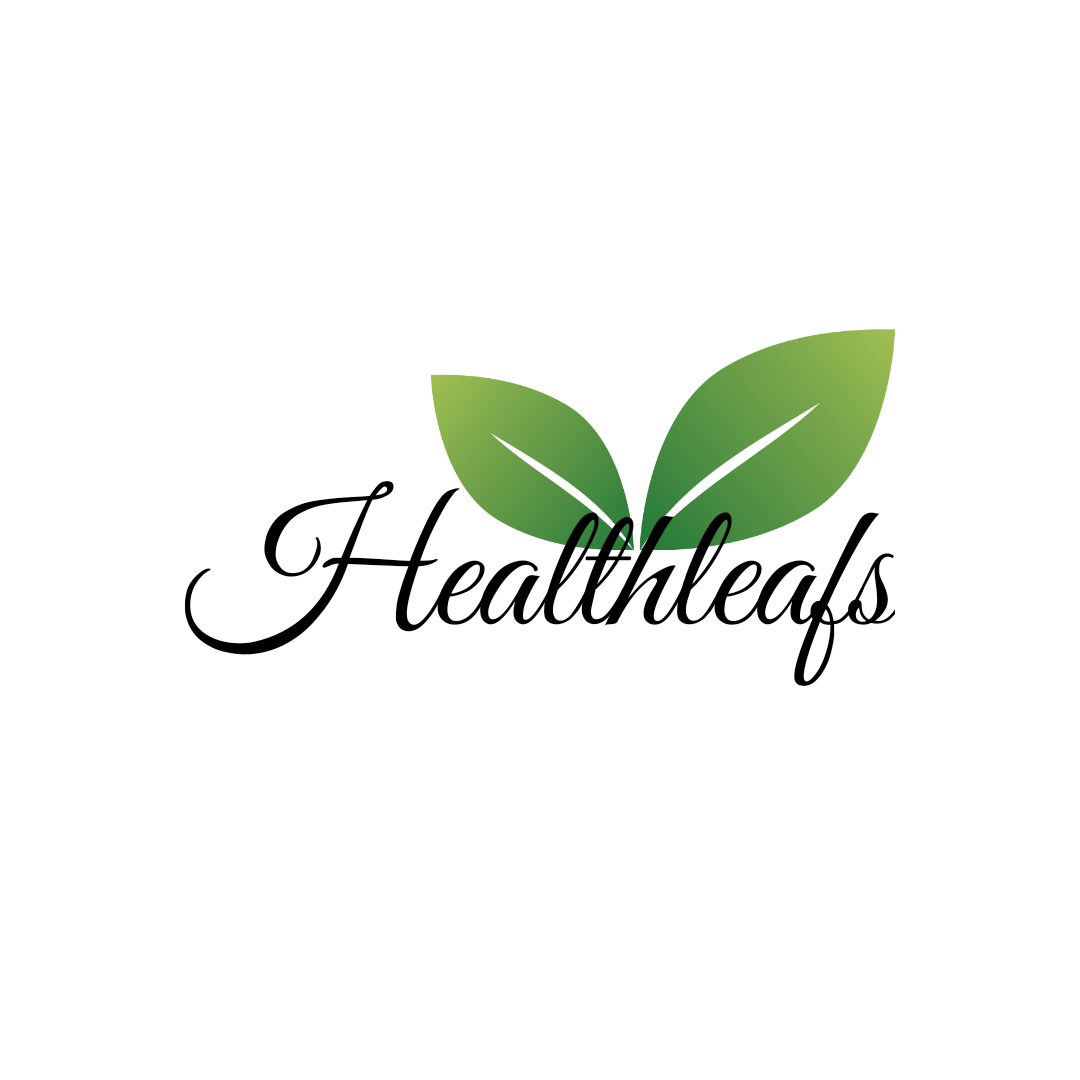

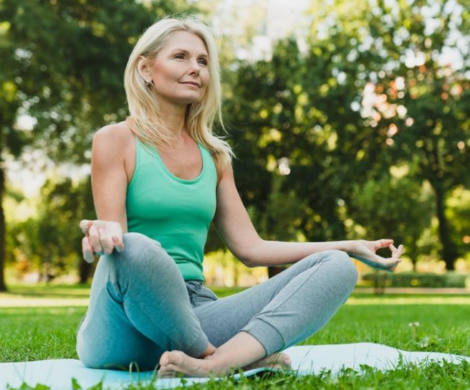
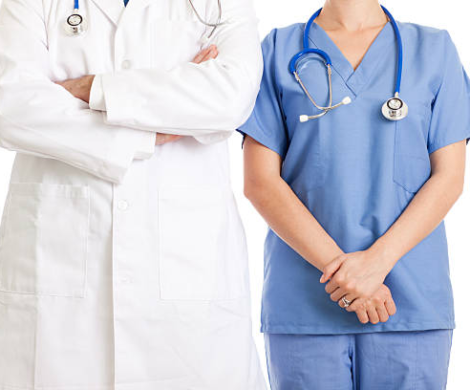
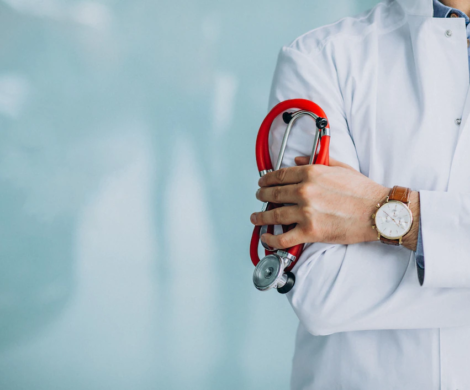
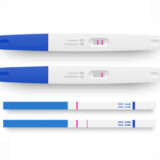





Gaurav
Great information
bhawna kakkar
Very informative
Vandana
My sister had this issue in the past,, didn’t know about it this much at that time. Thanks for posting such useful info.
Poonam
Many people are unfamiliar with the treatment for this skin condition. Thanks for the post
Kapil
Very well-written article